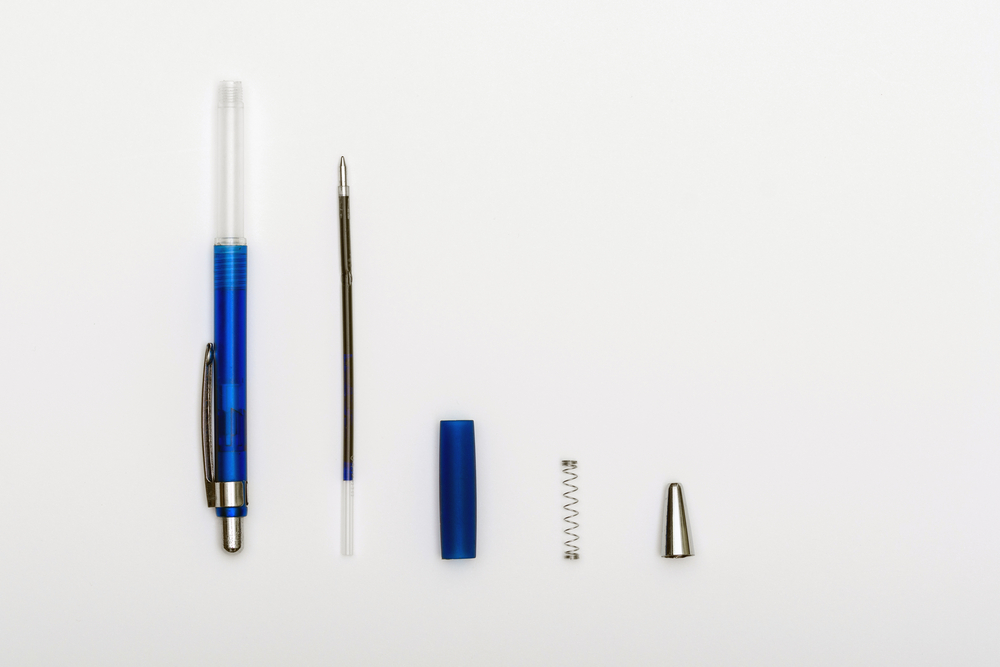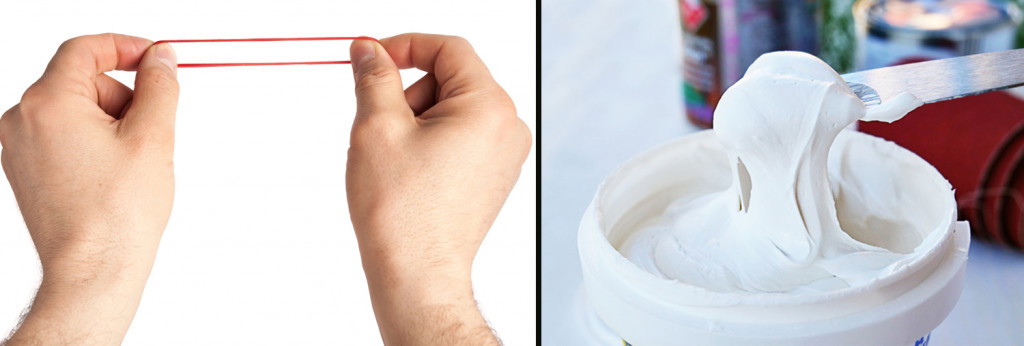Table of Contents (click to expand)
“Hooke’s Law states that a material’s deformation or strain changes directly and positively with the deforming force or stress applied to it when it is within its elastic limits.”
Springs have always intrigued me, so much so that I have destroyed many a pen by unscrewing them and emptying them of their contents just to get my hands on the spring. It was fun to tug on one end of the spring only to see it recoil back into position. What was not fun, however, was tugging too hard, which would leave the spring permanently stretched out.

All attempts to restore it to its original shape would be futile. Upon more research, I discovered something even more intriguing. Every material possesses ‘springiness’, or more scientifically, elasticity in varying measure.
What Is Elasticity And Plasticity?
Forces that alter the physical configurations of objects are known as stresses. An object that deforms under such stress is said to be under strain. The elasticity of an object refers to its tendency to return to its original configuration upon withdrawal of those stresses. That said, no material is infinitely, or ‘perfectly’ elastic. There comes a point where it deforms permanently. In some cases, it may even break. The threshold value at which permanent deformation occurs is known as the elastic limit. Antonymous to elasticity, the tendency of a material to undergo permanent physical deformation is known as plasticity.

Thus, all materials possess elasticity and plasticity in varying measure, and the two cannot be isolated from each other. Some materials are more elastic than others. A good example of a highly elastic material is a rubber band. However, even the stretchiest rubber band cannot be stretched without snapping at some point. Similarly, a blob of putty is a highly plastic material. That said, it experiences some ‘rebound’ that might not be visible to the naked eye.
Also Read: What Is Yield Strength?
What Is Hooke’s Law?
Hooke’s Law is the governing principle behind a material’s behavior when subjected to deforming forces. It is applicable within the elastic limits of a material and states that the strain or deformation of a material is directly proportional to the deforming force or stress applied to it.
It can be mathematically represented by the relationship:
F ∝ X
Where F is the deforming force, also known as stress
and x is the strain or change of dimensions resulting from this application of stress.
To quantify any proportionality, a constant must be introduced into the relationship. In Hooke’s Law, this is known as the spring constant (K) and is a property of the material in question. It is multiplied with a negative sign to the strain.
The equation can thus be written as:
F = -Kx.
Using a negative sign is important, as it represents the tendency of the body to return to its original state upon the removal of deforming forces.
Graphical Representation Of Hooke’s Law
Hooke’s Law is represented by plotting a graph of stress against strain. It is helpful to reiterate, at this point, that strain is the deformation induced by the application of stress.
Within the elastic zone, the increase in strain is directly proportional to stress. Only until the elastic limit has been reached can the material return to its original state.
Beyond the elastic limit, Hooke’s Law of direct proportionality between stress and strain ceases to be applicable. At this stage, the material under stress has crossed the point of reversible deformation. This region is known as the plastic region and any deformation that takes place within this region is permanent.
In the plastic region, there comes a point where little to no increase in stress causes rapid deformation. This is known as the yield point, and it is the starting point for mechanical failure, commonly known as the fracture of the material.
As stress increases beyond the yield point, an ultimate tensile stress point is reached. After this point, the material starts constricting and finally fractures.
Also Read: What Is The Stress-Strain Curve?
Deviation From Hooke’s Law
A non-Hookean material is identified based on having little to no adherence to Hooke’s Law from even the most initial stages in its stress strain curve.
Such materials do not regain their original configuration or energy.
Substances that are highly plastic, brittle, or even ductile in nature are common non-Hookean materials. Some examples would include cloth (highly plastic); glass or cast iron (highly brittle), and copper (highly ductile).

Neo-Hookean Materials
With advancements in material science, neo-Hookean materials have also been identified. A neo-Hookean material is hyper-elastic in nature and, despite being capable of regaining its original state, it does not adhere to Hooke’s Law. Its stress-strain relationship is governed by other factors, such as temperature, viscosity and internal material structure, among others.
Hyper-elastic substances like rubber, resin and abductin are neo-Hookean materials.
Application Of Hooke’s Law

While there are many deviations from Hooke’s Law, it is universally accepted and applicable to most materials, even for a short range of stress. It forms the basis for many machines and equipment that work on tension and compression.
Some common applications of Hooke’s Law are seen in Bourdon tubes, spring balances and manometers.
How well do you understand the article above!

